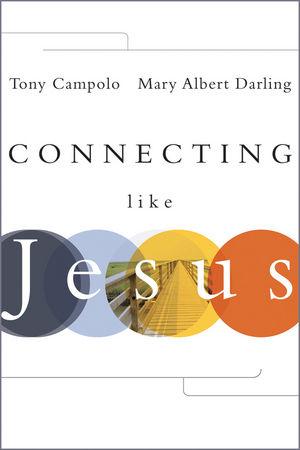Yang, Guey-Meei, Melanie Peck, John Mozdzierz, and Christine Waugh-Fleischmann. “The Journey of Four Art Educators: Investigating the Educational Potential of Podcasts.” Art Education 63, no. 4 (July 2010): 33-39.
Abstract: During the winter 2007 art education graduate class at Eastern Michigan University, the professor and students experienced a journey as learners and teachers. This article is about their experiences exploring the educational potential of podcasts in teaching, particularly in a constructivist and situated-learning environment. Throughout the course, they functioned as a teacher-researcher community. Modeled and guided by the professor, each group collaboratively planned technology integration and researched the effectiveness of educational uses of podcasts, and individual group members carried out part of the plan in their own classrooms. Via regular sharing and offering suggestions, their learning was crisscrossed, allowing participation in each other’s project. Before telling their stories, the authors first provide some context of the graduate course and technological basics of podcasts in order to present necessary background knowledge to better understand their narratives.



